Do you feel overwhelmed by the endless styles and options when trying to choose nightstands for your bedroom? Are you wondering what height works best or how much storage is enough? Are you concerned about matching it with your bed or room décor? If choosing nightstands has become more confusing than expected, you’re not alone.
The best way to choose nightstands is to consider function, size, and style all at once. A nightstand isn’t just decoration—it’s a personal storage hub and a major part of your bedroom’s balance. When done right, choosing nightstands becomes an easy decision that improves both comfort and design.
Let’s dig into everything you need to know before buying a nightstand—and avoid the costly mistake of buying the wrong one.
Importance of Nightstands in Bedrooms
Nightstands aren’t optional furniture—they are foundational. They flank your bed, provide visual symmetry, and serve as essential tools for nighttime routines. Whether holding a lamp, a book, or a glass of water, they enable accessibility and comfort. A well-chosen nightstand elevates the room’s design and contributes to a cohesive, restful space.
Nightstands also act as a subtle design anchor. In a space where the bed dominates visually, the nightstand plays a supporting role that enhances scale and proportion. It ensures both sides of the bed are functionally balanced and visually satisfying.
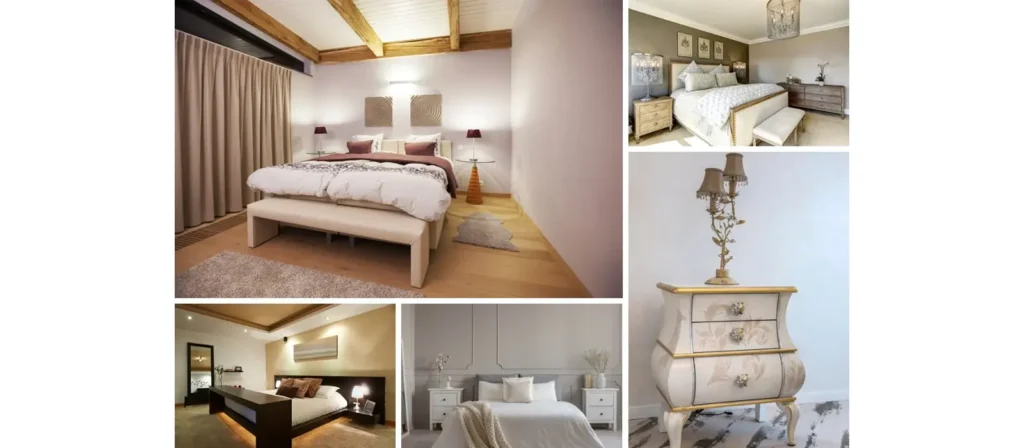
How to Choose Nightstands?
To choose nightstands effectively, you must evaluate more than looks. Think about the height of your mattress, the lighting conditions in your bedroom, and the typical items you use while in bed. Each of these affects which nightstand is right for you.
1. Size and Proportion of Nightstands
Size is one of the most vital factors when learning how to choose nightstands. The most comfortable and visually balanced nightstands are ones that match your bed’s height and are proportionate to the available space.
- Height: Ideally, the top of the nightstand should be level with or slightly below the top of your mattress. This makes reaching for items easy and ergonomic.
- Width and Depth: Standard widths range from 18 to 28 inches. Larger bedrooms can handle wider nightstands, while compact spaces benefit from slender, vertical options.
- Room Consideration: In a small bedroom, oversized furniture can look cluttered and impede movement. Choose nightstands that leave at least 6 inches of space on each side.
| Measurement Element | Recommended Range | Why It Matters |
|---|---|---|
| Height | 24 – 28 inches (61 – 71 cm) | Aligns with most mattress heights for easy access. |
| Width | 18 – 28 inches (46 – 71 cm) | Provides balance with bed size; wider beds need broader nightstands. |
| Depth | 14 – 18 inches (36 – 46 cm) | Ensures enough surface area without obstructing walkways. |
| Clearance from Bedside | 1 – 2 inches | Allows comfortable reach while maintaining proportion. |
| Clearance from Other Furniture | At least 24 inches | Prevents congestion and allows smooth movement around the room. |
| Visual Scale | Proportional to bed size | Ensures the nightstand doesn’t appear dwarfed or overpowering. |
2. Storage Needs
Not all nightstands are created equal in terms of storage. Some offer open shelves, others feature drawers, and some are purely decorative. When deciding how to choose nightstands, think about your nighttime essentials.
For Minimalists:
- One small drawer or shelf might suffice.
- Open-style designs keep the room feeling light.
For Maximalists:
- Go for two or three drawers to hide chargers, books, glasses, and remotes.
- Cabinet-style nightstands offer the most storage.
This choice also affects your room’s look—open storage adds airiness, while closed storage keeps things clean and clutter-free.
3. Understand Your Space Needs
Small bedrooms benefit from compact, multifunctional designs. In large bedrooms, your nightstand has room to breathe—meaning you can afford to go bold or broad.
Tips by Room Size:
- Small rooms: Wall-mounted or narrow-leg nightstands save space.
- Medium rooms: Prioritize balance—match the bed scale without overpowering the space.
- Large rooms: Choose wider nightstands and layer them with decor elements like lamps, plants, or framed photos.
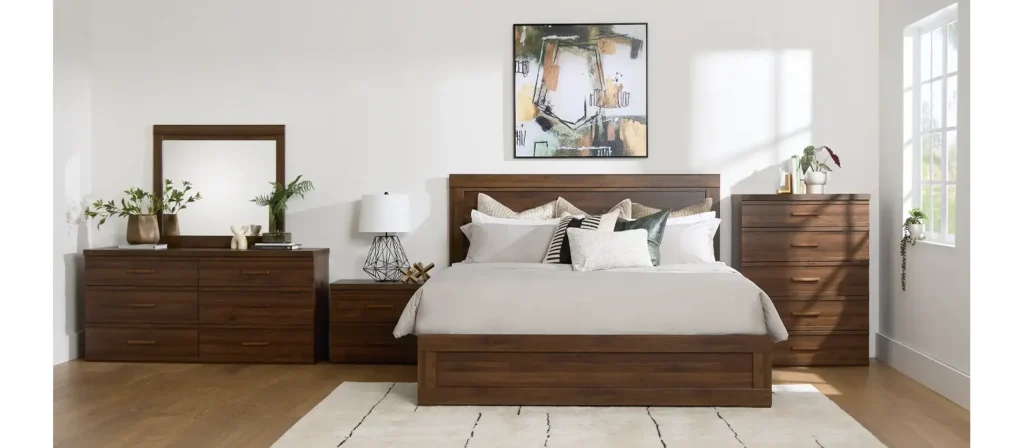
4. Style and Aesthetics of Nightstands
The style of your nightstand should reflect and complement your overall bedroom design. Whether your theme is minimalist, traditional, rustic, or eclectic, there’s a nightstand style that enhances that vision.
Styles of Nightstands
Each style offers distinct textures, forms, and moods. Let’s examine the most popular design categories in depth.
1. Traditional Nightstands
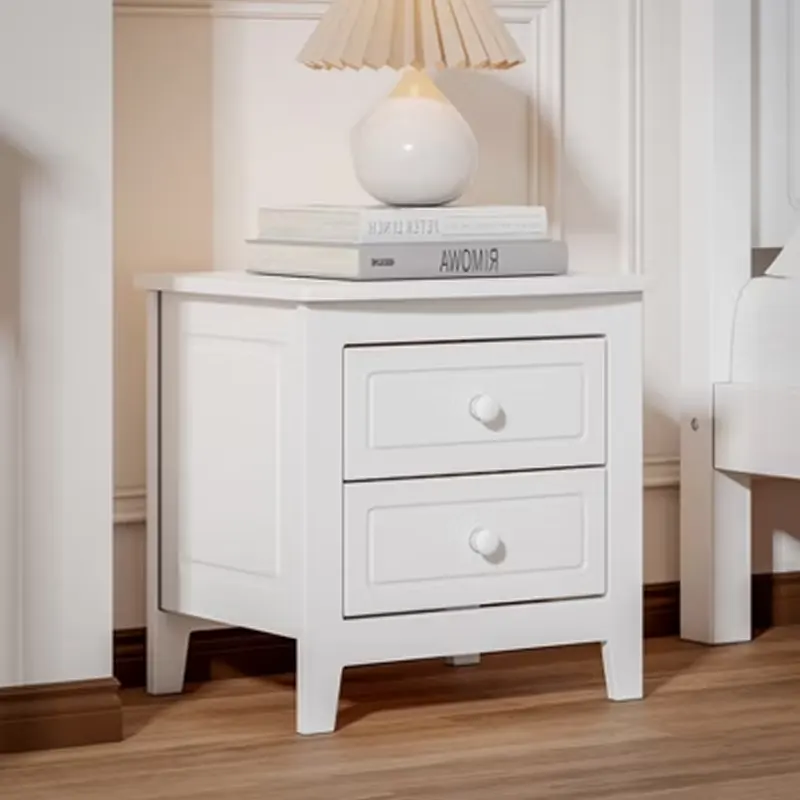
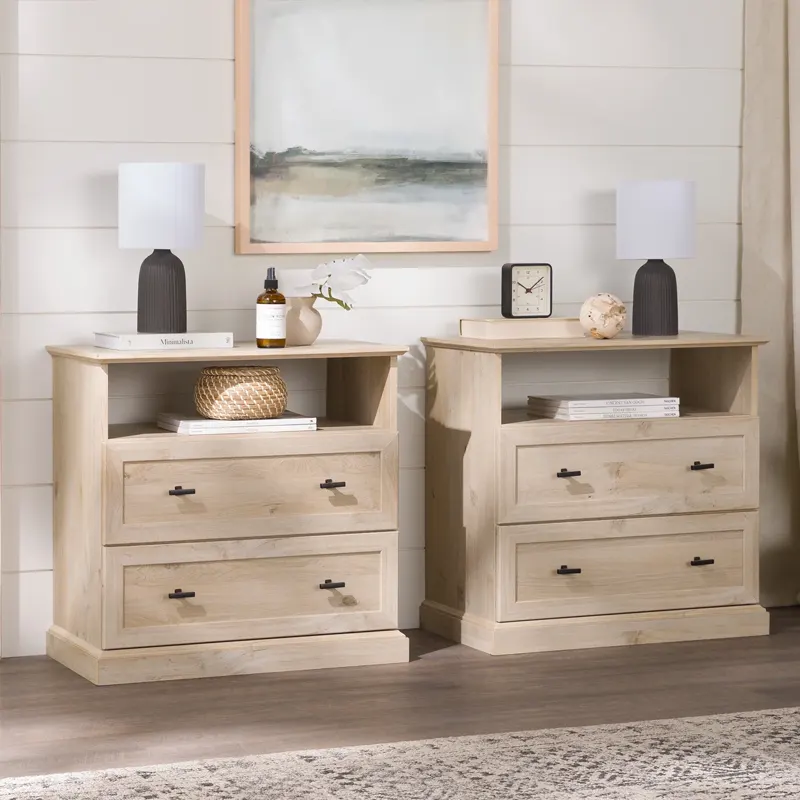
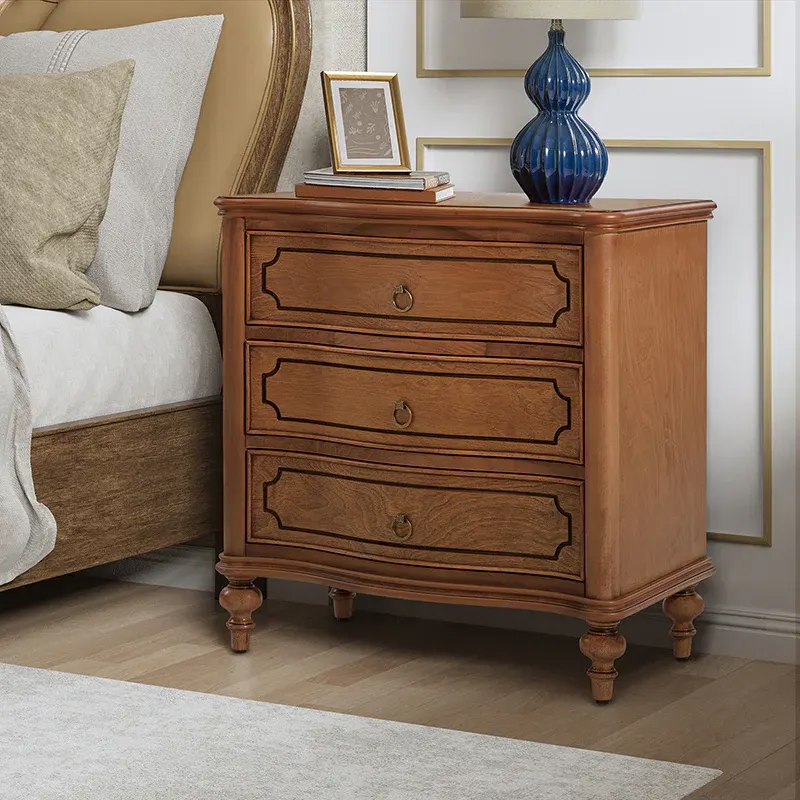
Traditional nightstands are typically made from rich hardwoods like mahogany, cherry, or oak and are often adorned with carved details, ornate handles, and decorative moldings. Their elegant design and warm tones make them perfect for classical, Victorian, or antique-inspired bedroom furniutre. These nightstands often come with multiple drawers and sturdy construction, making them as practical as they are timeless.
Ideal for: Bedrooms with tufted headboards, patterned bedding, area rugs, and rich color palettes.
Design tip: Pair with classic table lamps or antique photo frames to complete the look.
2. Modern Nightstands
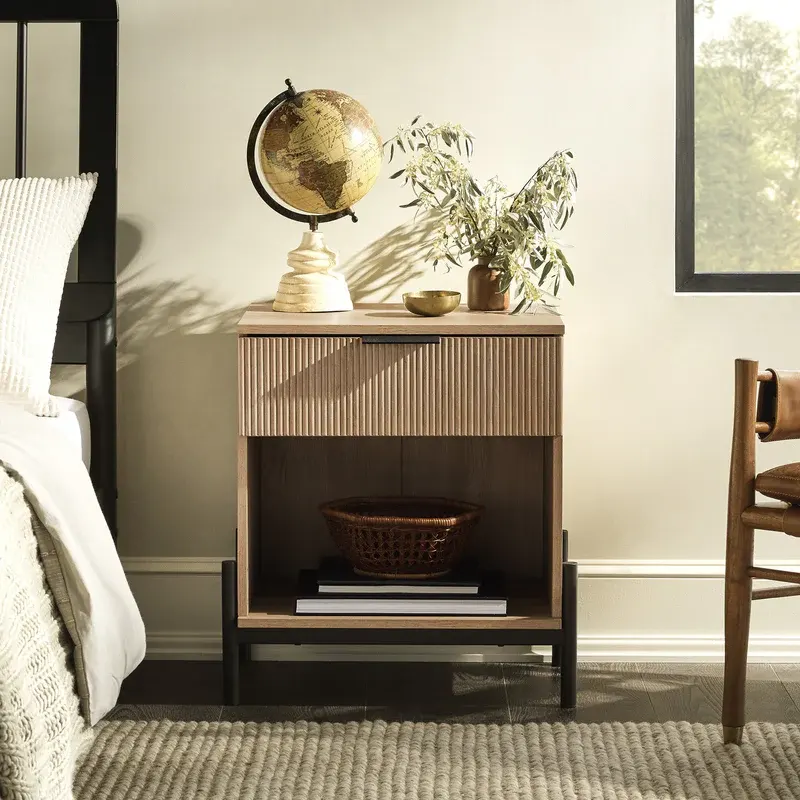
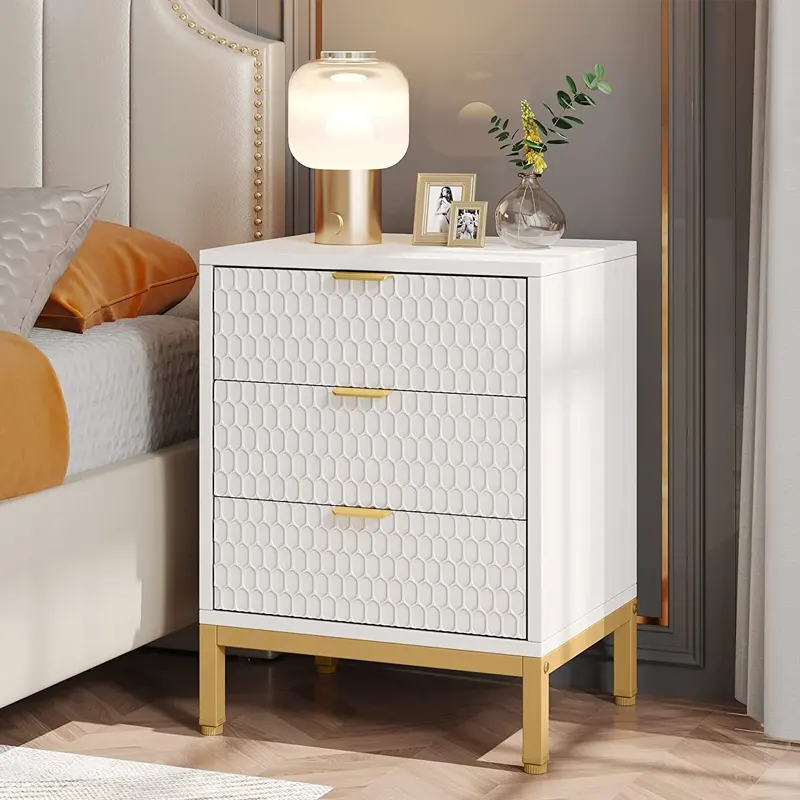
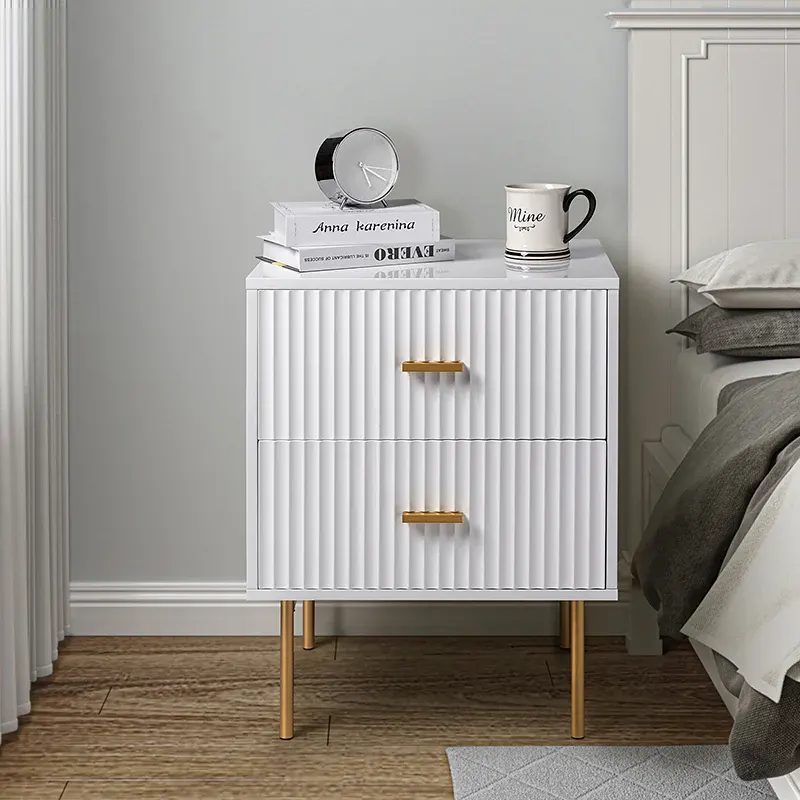
Modern nightstands emphasize simplicity, minimalism, and clean geometric lines. They usually feature smooth surfaces, straight edges, and neutral colors such as white, black, or gray. Hardware is often invisible or minimal, and materials like lacquered wood, metal, or high-gloss finishes are commonly used.
Ideal for: Minimalist or contemporary bedrooms with platform beds and monochromatic color schemes.
Design tip: Choose a nightstand with built-in charging stations or sleek, touch-sensitive drawers to enhance the modern vibe.
3. Rustic Nightstands
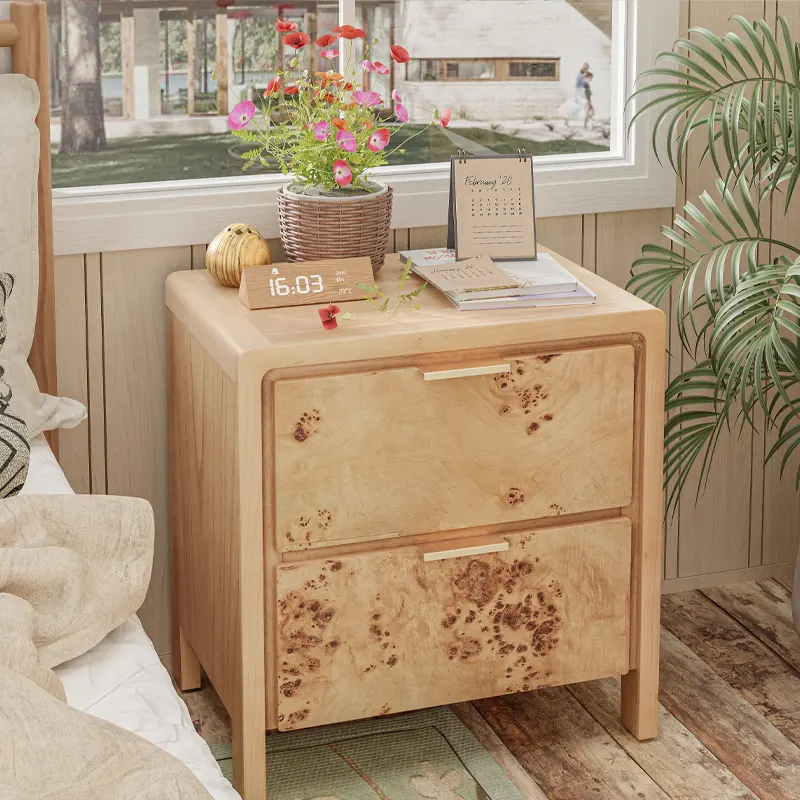
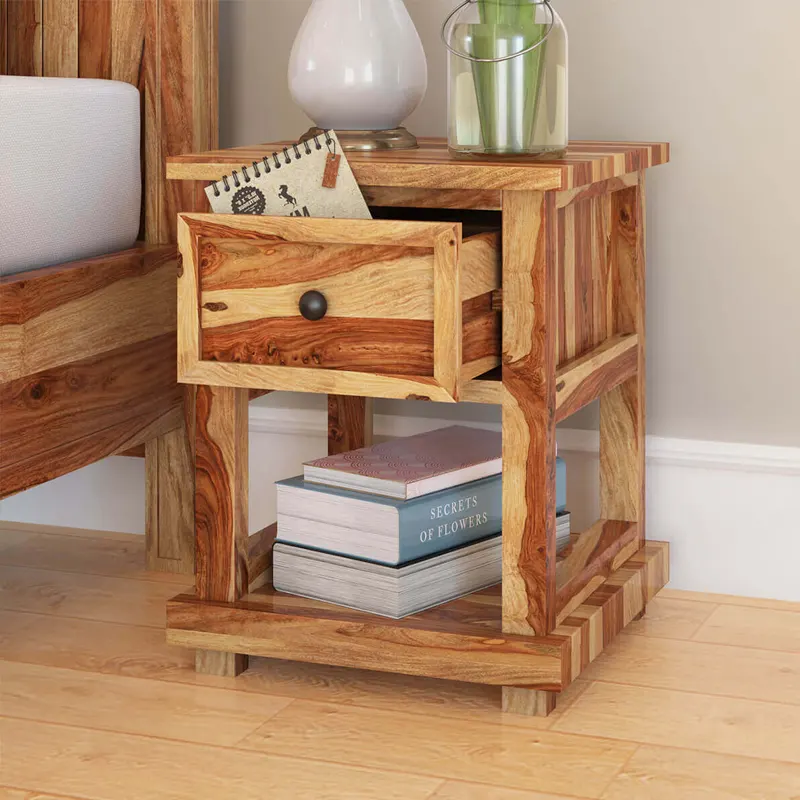

Rustic nightstands bring a cozy, earthy feel to the bedroom with materials like reclaimed wood, natural finishes, and visible wood grain. Designs may include rough edges, uneven textures, or farmhouse hardware to reflect a handmade, lived-in aesthetic. These nightstands often feel warm and grounded, ideal for cozy retreats.
Ideal for: Country, farmhouse, cabin, or boho-style bedrooms with layers of textiles and natural light.
Design tip: Add a woven basket on the bottom shelf and a vintage lantern lamp for an authentic rustic touch.
4. Mid-Century Nightstands
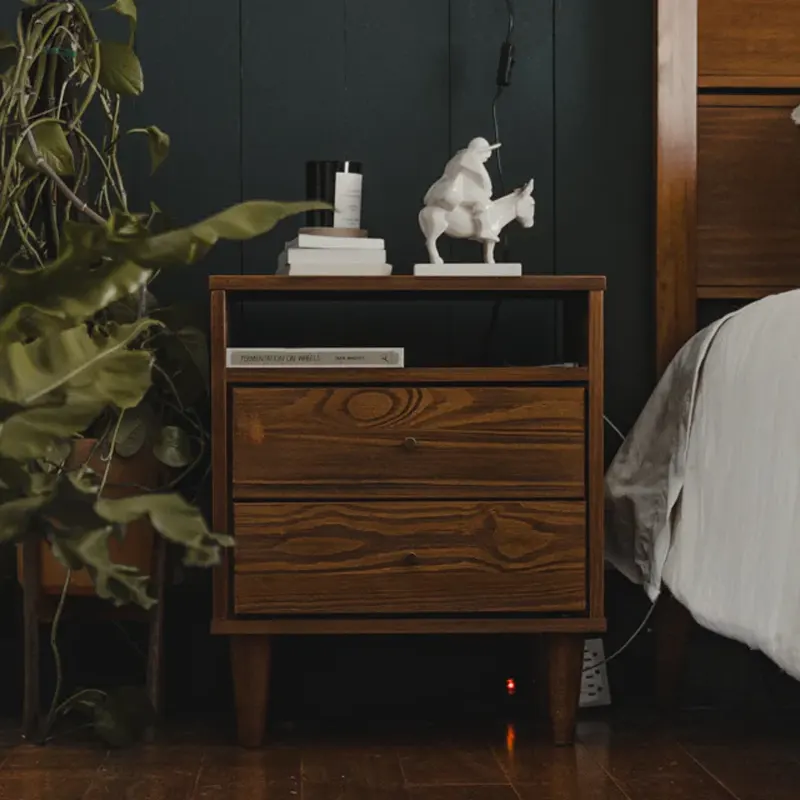
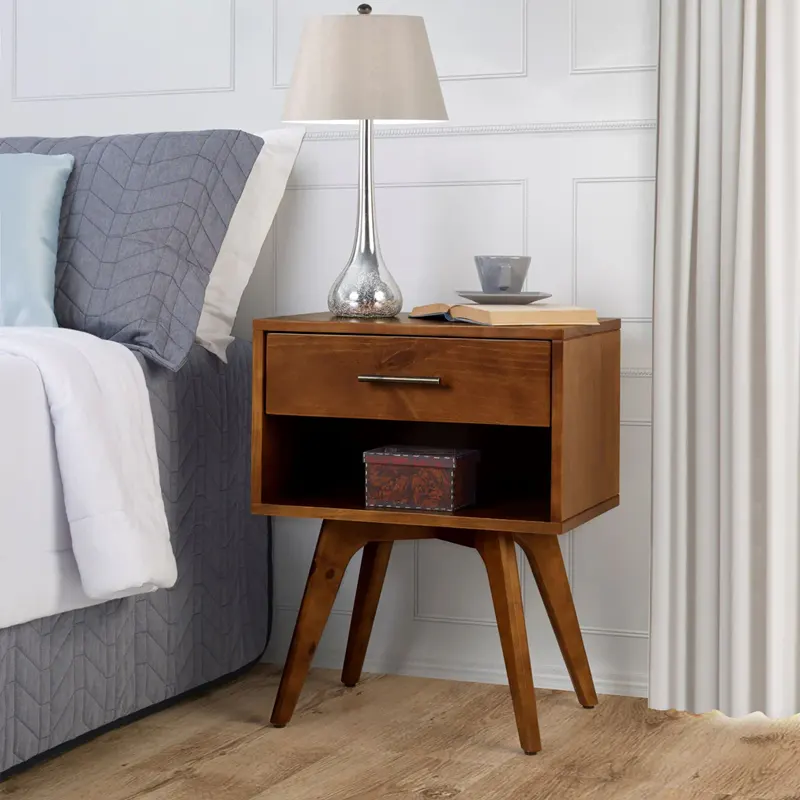
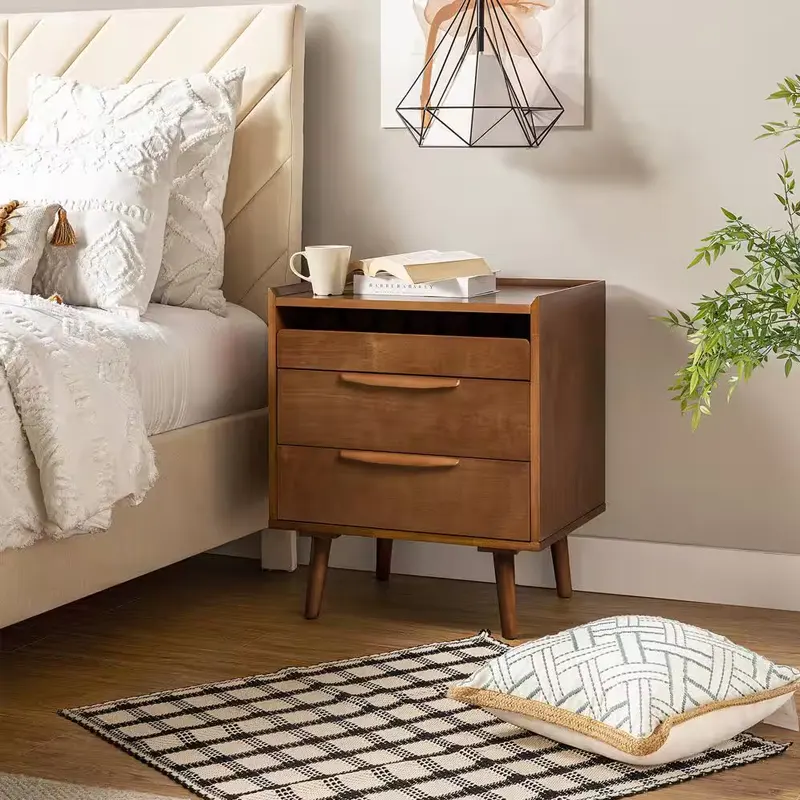
Mid-century nightstands are defined by their low profiles, clean lines, and functional designs. Look for tapered wooden legs, warm wood tones like walnut or teak, and minimalist drawer pulls. These pieces blend seamlessly with both modern and vintage décor.
Ideal for: Retro-inspired bedrooms, Scandinavian interiors, or any space with mid-century furniture.
Design tip: Pair with geometric rugs and globe lamps to enhance the period look.
5. Farmhouse Nightstands

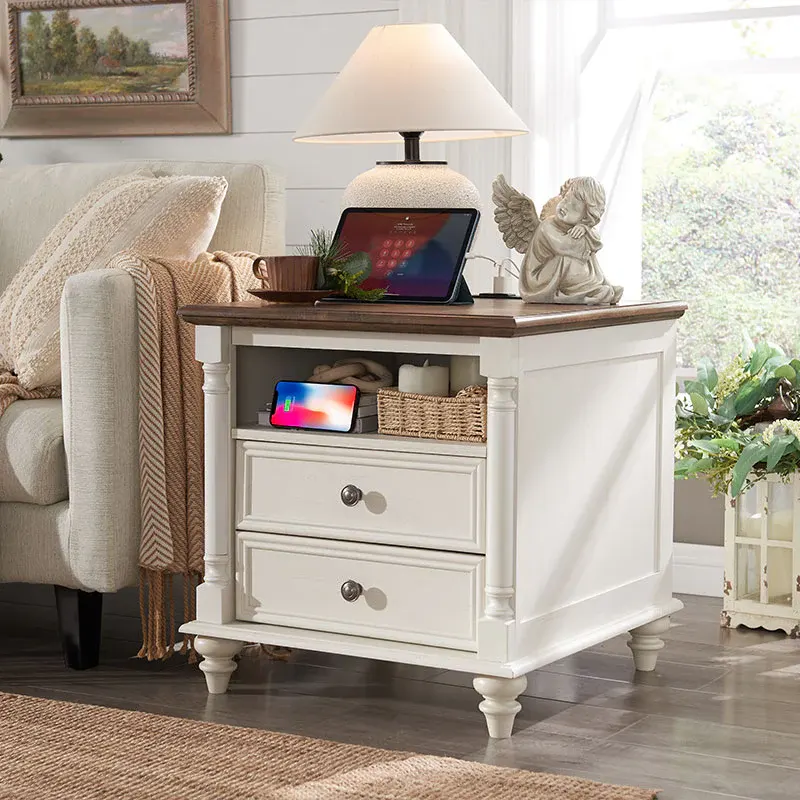
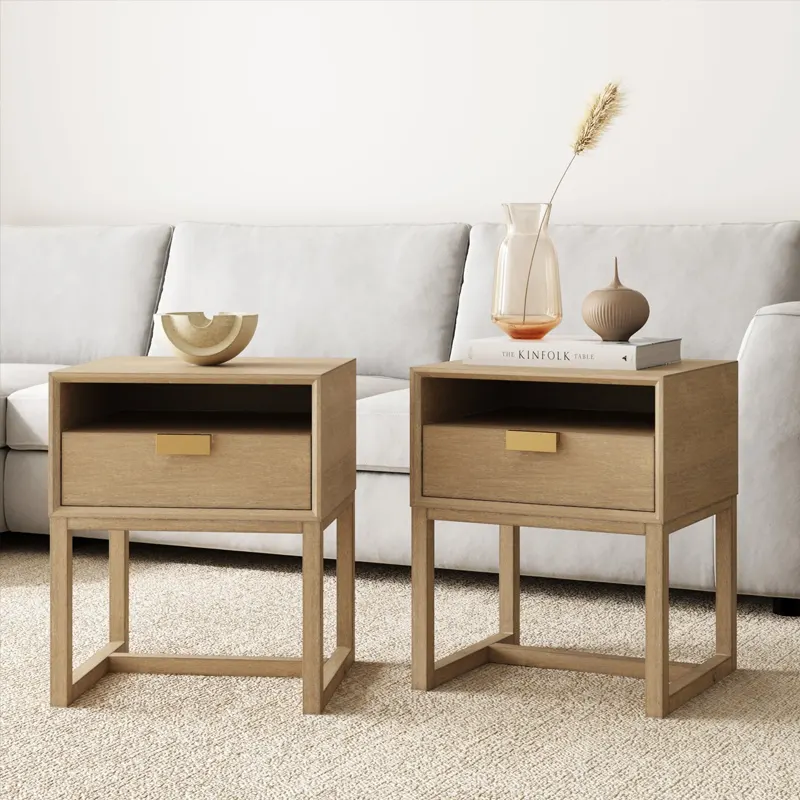
Farmhouse-style nightstands combine traditional charm with a touch of rustic wear. Features often include distressed finishes, whitewashed wood, simple silhouettes, and classic hardware like black iron pulls or bronze knobs. They evoke a welcoming, homey vibe and offer excellent storage.
Ideal for: Shabby-chic, coastal, or transitional interiors aiming for a soft, family-friendly look.
Design tip: Accent with a ceramic lamp and a stack of linen-covered books to amplify the cozy farmhouse aesthetic.
Types of Nightstands
In addition to style, it’s essential to consider the structural type of nightstand. Form influences function—and by extension, how well your nightstand serves your everyday needs.
1. Cabinet-Style Nightstands
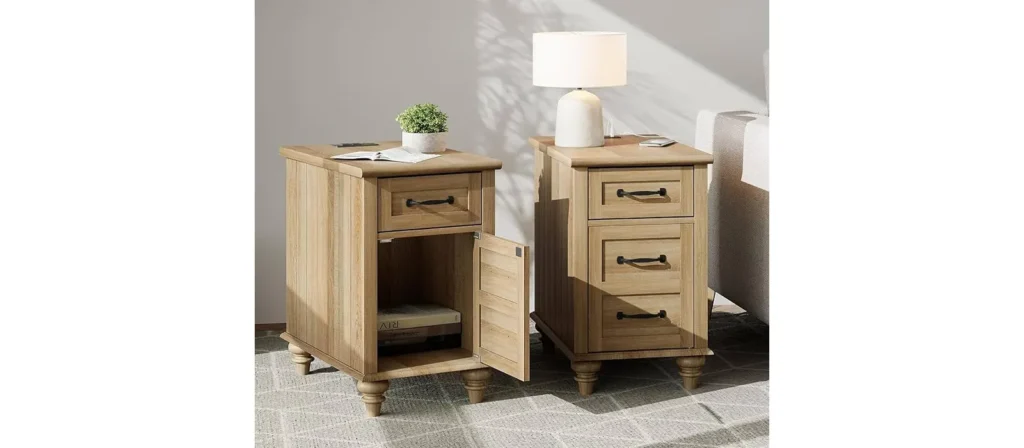
These are robust, often rectangular nightstands with drawers, cabinet doors, or both. They provide excellent hidden storage and are suitable for larger bedrooms that can accommodate their volume. Many feature raised panels, intricate hardware, and wood-on-wood drawer glides for a traditional feel.
Best for: Those who value organized storage and prefer a clutter-free surface.
Use case: Ideal for keeping electronics, books, and bedtime medications out of sight.
2. Open-Style Nightstands
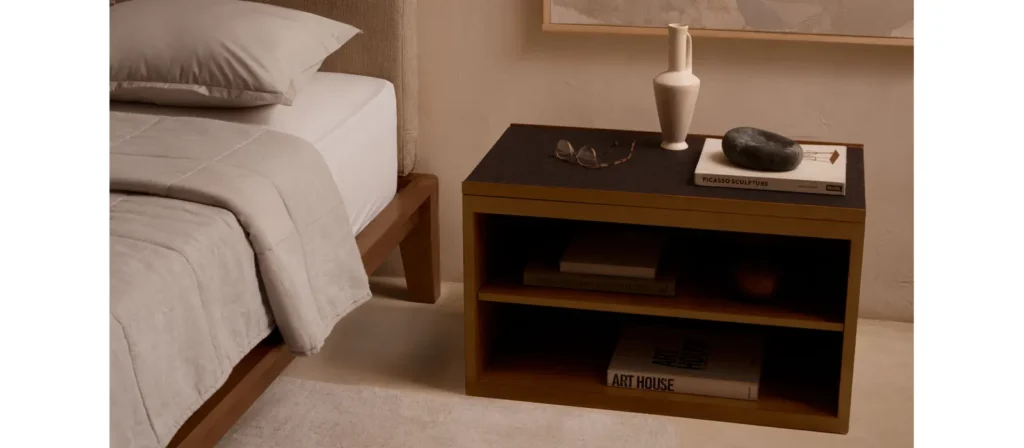
Designed with accessible shelving, open-style nightstands are perfect for minimalists or decorative display lovers. They are light in visual weight and often used to showcase books, plants, or candles. Without drawers, they force intentional organization.
Best for: Small spaces or light, airy bedroom designs.
Use case: Excellent in guest rooms or for those who prefer fast access to nighttime essentials.
3. Dressing-Style Nightstands
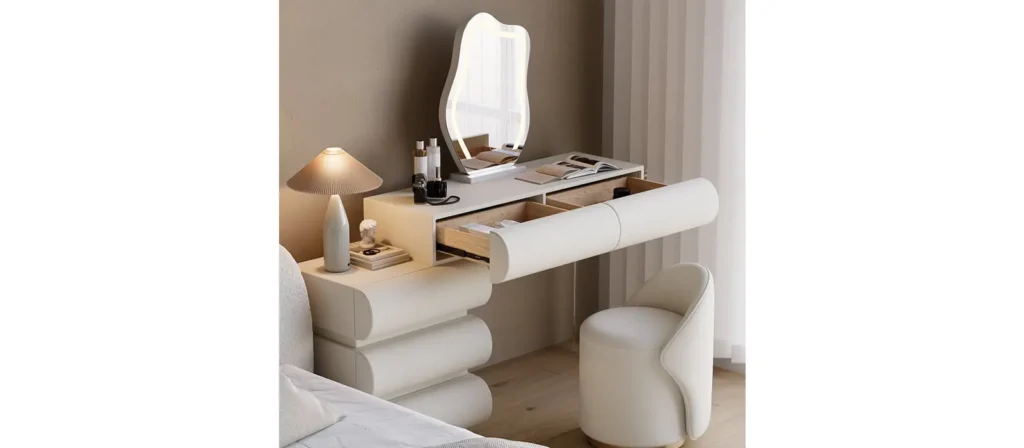
These multifunctional pieces combine storage with vanity features. Often taller and wider than traditional nightstands, they may include mirrors, a stool section, or extra drawers tailored for beauty and grooming products. They’re both decorative and utilitarian.
Best for: Glam bedrooms, teen rooms, or anyone needing a beauty station by the bed.
Use case: Offers dual-use as a compact vanity for makeup, skincare, or hair tools.
4. Drum-Style Nightstands
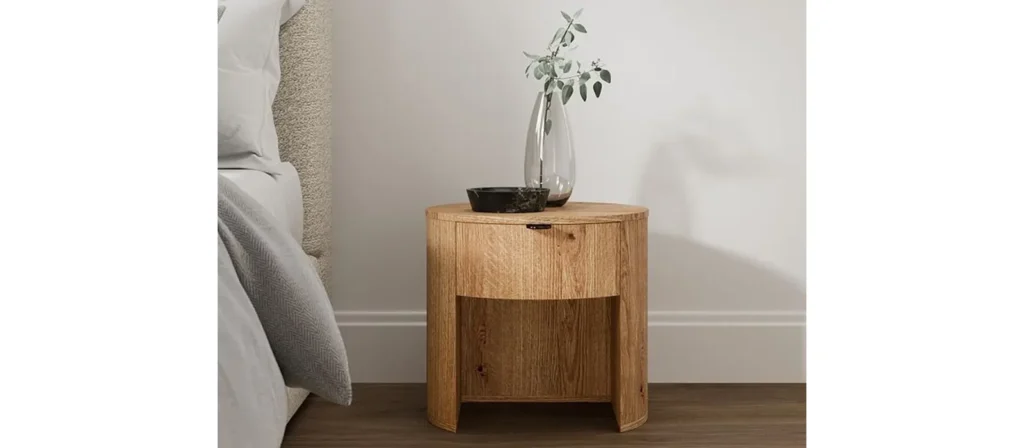
Shaped like a cylinder, drum-style nightstands are unique and artistic. They typically have one door or hidden storage inside. Crafted from wood, metal, or a blend, they function as both a statement piece and a space-saver. Their rounded edges are also a great safety choice for homes with children.
Best for: Eclectic, global, or bohemian bedrooms that need a touch of the unexpected.
Use case: A great accent piece beside low-profile beds or as a standalone table in a corner.
5. Floating Nightstands
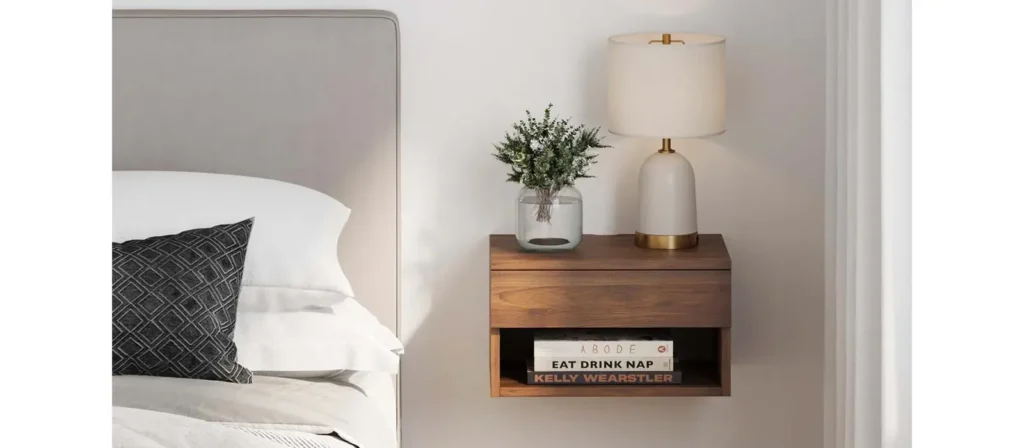
Mounted directly to the wall, these nightstands appear to “float” and free up floor space. They’re minimalist, sleek, and modern, often used in small or unconventional room layouts. Some include drawers, while others are simple shelves.
Best for: Small bedrooms, studio apartments, or lovers of modern design.
Use case: Ideal for rooms with limited floor space or to create a clean, airy aesthetic.
6. Children’s Nightstands
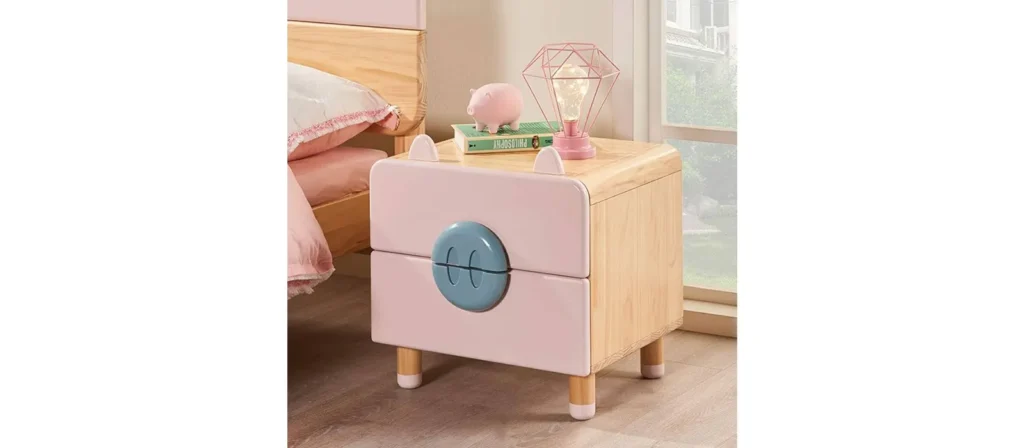
These nightstands are scaled for child height and designed with safety and fun in mind. They often feature soft edges, durable finishes, and playful colors or character-themed designs. Storage is usually simple and suited to bedtime books, toys, or nightlights.
Best for: Children’s bedrooms or playroom sleep areas.
Use case: Encourages independence and tidiness in young children with accessible storage.
5. Materials and Durability
The furniture material you choose will determine the longevity, maintenance, and aesthetic of your nightstand. Here’s a breakdown of common materials:
- Solid Wood: Durable, elegant, and long-lasting. Ideal for heirloom quality furniture.
- Engineered Wood (MDF/Particleboard): Affordable and lightweight but may lack durability.
- Metal: Offers industrial flair and modern minimalism. Great for durability but may dent or scratch.
- Glass: Sleek and elegant but fragile; better for decorative purposes.
- Wicker or Rattan: Adds texture and an organic look. Best used in casual or coastal-themed rooms.
Choose a material that aligns with your usage frequency, desired style, and budget. Durability and ease of cleaning should always be top priorities.
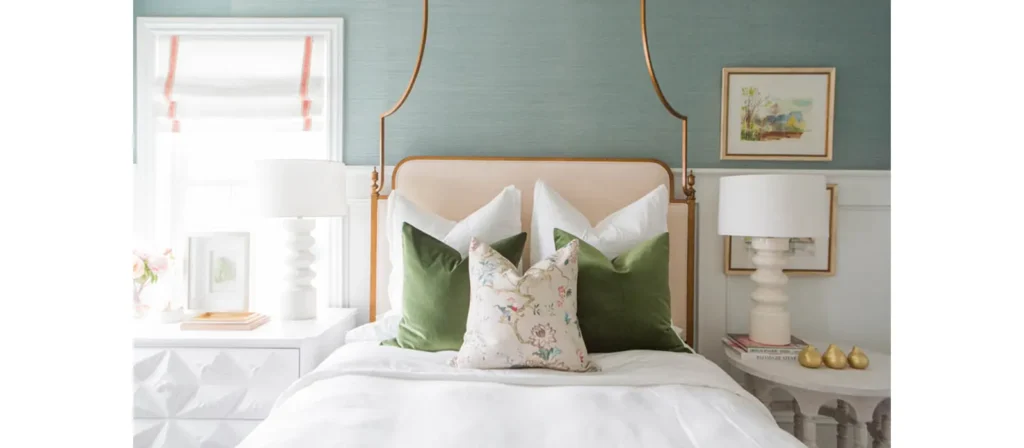
6. Balance and Symmetry
Symmetry plays a big role in how “put together” a room feels. Two identical nightstands on either side of a bed create visual harmony. However, intentional asymmetry—like a chest on one side and a smaller table on the other—can be stylish if done thoughtfully.
To maintain balance, ensure:
- Both sides have matching heights
- Lighting fixtures are equal or complementary
- Décor elements (lamps, frames, plants) are distributed evenly
7. Consider Functionality
Beyond aesthetics and storage, think about how your nightstand will support your lifestyle:
- Tech Integration: USB ports, wireless chargers, and cable management.
- Security: Lockable drawers for valuable or personal items.
- Lighting: Built-in lights or space for bedside lamps.
- Noise Reduction: Soft-close drawers minimize disruption in shared spaces.
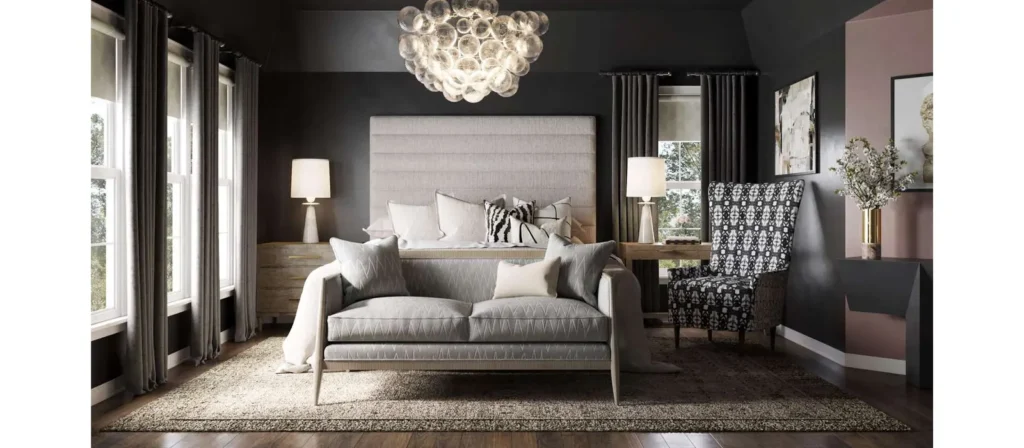
Matching Nightstands with Bedroom Decor
Nightstands should complement—not compete with—your bed, walls, and other furnishings. Matching materials, finishes, and design styles ensures they enhance rather than distract from your bedroom’s character.
When choosing nightstands that integrate well with your existing decor, consider several elements:
- Color Palette: Stick with tones already present in your bedroom. If your space has warm, earthy hues, opt for wood finishes like oak or walnut. For cooler, contemporary vibes, consider black, gray, or white lacquers.
- Textures and Materials: Match wood grains with your flooring or bed frame. If your room has metallic fixtures or accents, find a nightstand with brass or chrome hardware. Upholstered headboards? Look for a nightstand with a fabric or velvet finish.
- Style Language: If your bedroom is modern, lean toward clean lines and minimal hardware. For bohemian or rustic styles, rough textures, reclaimed materials, or hand-carved details work beautifully. Transitional rooms benefit from a blend—think sleek forms with warm finishes.
- Lighting and Accessories: Your bedside lamp and nightstand should feel like part of the same design story. A modern glass lamp on a distressed, rustic nightstand may feel incongruent unless other bridging elements are present.
Versatile Nature of Nightstands
Nightstands are far more than decorative stands—they are functional multi-tools for modern living. Traditionally used to hold lamps and books, today’s nightstands have adapted to support our tech-heavy routines, nightly habits, and storage demands.
One of their greatest strengths is versatility. A nightstand can serve as:
- A mini charging station
- A space for your journal and pen
- A surface for water, medication, or glasses
- A concealed storage unit for personal items
- A display for cherished photographs or décor pieces
You can even reimagine them in different roles across the home. In entryways, a nightstand can act as a mail and key holder. In living rooms, it can serve as a side table or mini bar. Their compact size and wide variety of designs make them suitable beyond the bedroom.
Choose one with drawers if you’re the type who accumulates clutter. Prefer open shelves? They’re ideal for showcasing design pieces or keeping books within reach. For tech-lovers, nightstands with integrated charging ports and LED nightlights are increasingly common.
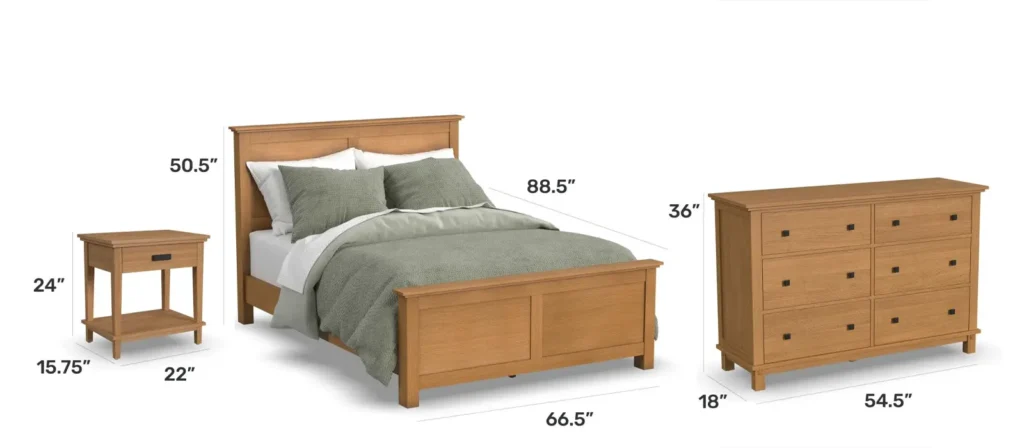
How to Choose the Width of Nightstands Based on Bed Size?
Choosing the correct width for a nightstand relative to your bed is a detail that makes a significant difference in your room’s visual balance and functionality. Too narrow, and your essentials won’t fit. Too wide, and it looks bulky and out of place.
Here’s how to determine ideal width:
Twin Beds (39 inches wide):
- Recommended Nightstand Width: 18 to 22 inches
- Why: The bed is narrow, so the nightstand should be compact to maintain visual symmetry.
Full Beds (54 inches wide):
- Recommended Width: 20 to 24 inches
- Why: Slightly wider beds can accommodate nightstands with more surface and drawer space without crowding.
Queen Beds (60 inches wide):
- Recommended Width: 22 to 28 inches
- Why: A standard queen bed pairs well with moderately sized nightstands, providing enough room for lamps and essentials.
King Beds (76 inches wide):
- Recommended Width: 26 to 32 inches
- Why: Wider beds need larger nightstands to visually anchor the sides and balance the scale.
California King Beds (72 inches wide):
- Recommended Width: 28 to 34 inches
- Why: A large and often luxurious bed needs robust nightstands with storage and surface space to match its presence.
Keep in mind the space around the bed too. You should always leave at least 6–8 inches between the nightstand and the wall or other furniture for accessibility and movement.
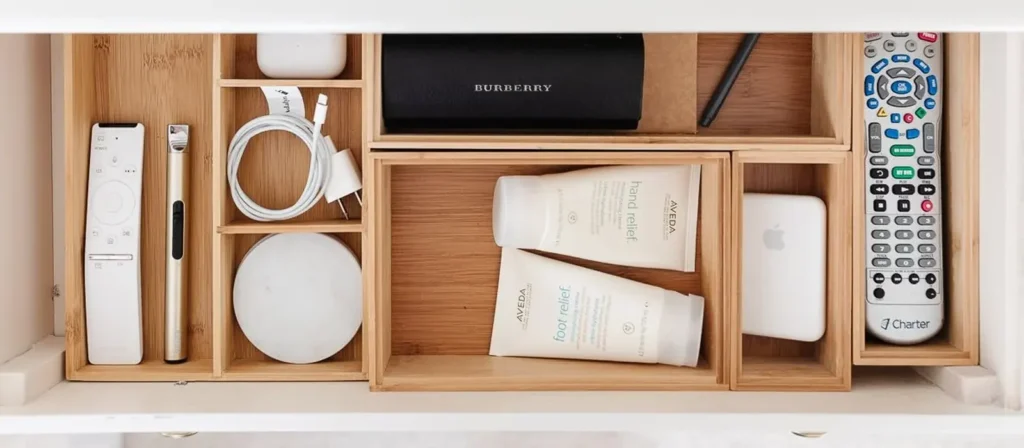
Nightstand Storage and Organization Tips
Your nightstand is a microcosm of your bedtime habits. Whether you use it to store books, charge gadgets, or keep nighttime essentials close, organization is key to maximizing functionality.
Nightstand storage should strike a balance between visibility and discretion—keeping what you need close by without visual clutter.
Organizing Tips:
- Drawer Dividers: Use small bins or trays inside drawers to separate items like glasses, chargers, and medicine. Avoid the dreaded junk-drawer chaos.
- Surface Control: Limit the top of your nightstand to three or four items—a lamp, a coaster, a book, and perhaps a decorative object like a vase or a photo frame.
- Hidden Storage: If you’re short on space, choose nightstands with multiple drawers or built-in shelves. Hide less aesthetic items in lower drawers and keep only daily-use items at the top.
- Vertical Use: Consider wall-mounted organizers or stackable trays above the nightstand for additional storage without expanding the footprint.
- Cable Management: Use cord clips or channels to hide unsightly wires from chargers or lamps. This not only looks cleaner but prevents tripping or tangling.
Nightstand Lighting Tips
Nightstand lighting is more than a decorative element—it influences mood, functionality, and even your sleep quality. Choosing the right lighting depends on what you use your nightstand for: reading, relaxing, or simply holding a glass of water.
Here are practical lighting tips for your nightstand setup:
- Lamp Height: Ensure the lamp height is proportionate to both your nightstand and your bed. The bottom of the lampshade should sit at chin level when you’re sitting in bed, usually 24–27 inches from the base.
- Bulb Temperature: Use warm white bulbs (2700K–3000K) to create a calming, sleep-friendly ambiance. Avoid cool white or blue-toned bulbs, which can suppress melatonin production.
- Task Lighting: If you read in bed, opt for focused lighting such as swing-arm wall sconces or lamps with adjustable heads.
- Smart Features: Consider lamps with dimmers, touch activation, or built-in USB ports for added convenience and modern appeal.
- Double Up: In shared bedrooms, each side should have its own dedicated light source to avoid disturbing your partner.
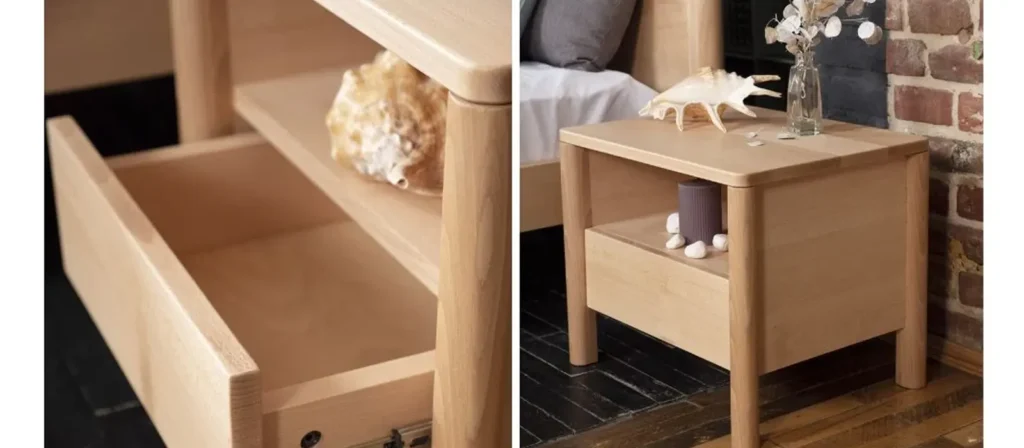
Care and Maintenance of Nightstands
Nightstands are exposed to daily wear and tear—from spilled water to knocked-over phones to dust and grime buildup. Proper maintenance ensures they remain stylish and functional for years.
Routine Cleaning
- Wood Nightstands: Use a microfiber cloth and a gentle wood cleaner. Avoid water exposure, especially with unsealed or antique wood.
- Metal and Glass Nightstands: Clean with a damp cloth and mild detergent. For glass, a streak-free cleaner works best.
- Painted Surfaces: Wipe gently to avoid chipping. Avoid abrasive sponges or harsh chemicals.
Dust your nightstand at least once a week. Not only does this maintain its shine, but it also protects the hardware and drawer tracks from buildup that could affect functionality.
Preventing Surface Damage
- Always use coasters under drinks to prevent rings and moisture damage.
- Place a protective mat or tray beneath lamps or décor to avoid scratches.
- Avoid overloading drawers or top surfaces, as excessive weight can warp the structure or damage the hardware.
Handling Wear and Tear
Over time, even the best nightstands may show signs of aging. Minor scratches can be buffed out with wood polish or repair markers. Loose knobs or wobbly legs can often be tightened or replaced with simple tools. If the surface finish fades, a professional refinishing job or even a DIY repaint can bring it back to life.
Storage Tips
Avoid cramming drawers with heavy items like books or electronics unless the nightstand is specifically designed for it. If drawers start sticking, apply a little beeswax or furniture lubricant to the tracks.
Protecting Against Sunlight and Moisture
Direct sunlight can fade wood finishes over time. Try to position your nightstand away from intense sunlight or use window treatments to filter UV rays. In humid climates, avoid placing nightstands near vents or windows where condensation may occur.
Common Mistakes When Buying Nightstands
It’s easy to make missteps when choosing nightstands—mistakes that lead to poor function, clashing aesthetics, or wasted money.
Avoiding common nightstand pitfalls ensures a smoother buying experience and a better end result for your bedroom.
Common Mistakes to Watch For:
- Ignoring Measurements: Not measuring your space or mattress height can result in nightstands that are awkwardly short, tall, or wide.
- Prioritizing Looks Over Function: A trendy, minimalist nightstand might look amazing online but disappoint in real life if it lacks storage or stability.
- Choosing the Wrong Materials: For households with kids or pets, delicate materials like glass or softwood may wear quickly or break easily.
- Neglecting Style Consistency: Mixing design themes without intent—such as placing an industrial nightstand next to a rococo bed—can create visual dissonance.
- Overstuffing the Surface: Even the most elegant nightstand loses its charm when cluttered with random items.
- Buying in Isolation: Always consider the nightstand in context—with your bed, flooring, wall color, and lighting.
Shopping smart means planning for proportion, practicality, and style together—not in isolation.
FAQs
- What is the best height for a nightstand?
Aim for a height equal to or slightly above the top of your mattress—typically between 24 and 28 inches. - Can I use different nightstands on each side of the bed?
Yes, as long as they’re balanced in height and visual weight, mix-and-match styles can add character. - Are drawers or shelves better in nightstands?
Drawers hide clutter better, while shelves are ideal for display and accessibility. Choose based on your habits. - What’s the best nightstand material for durability?
Solid wood is the most durable, though metal also offers long-term strength with a modern touch. - How can I decorate my nightstand?
Use a lamp, small plant, books, and decorative trays to create a tidy and attractive display. - Is it okay to have no nightstands?
It’s personal preference—some minimalist setups forgo nightstands entirely or use floating shelves instead.
Conclusion
Choosing nightstands isn’t just about filling space—it’s about enhancing your lifestyle, reflecting your design tastes, and improving your everyday routines. By focusing on function, proportion, and aesthetics, you’ll end up with nightstands that serve you beautifully for years to come.
So measure your space, think about your needs, and shop smart. The perfect nightstand is out there—and now, you know exactly how to find it.



